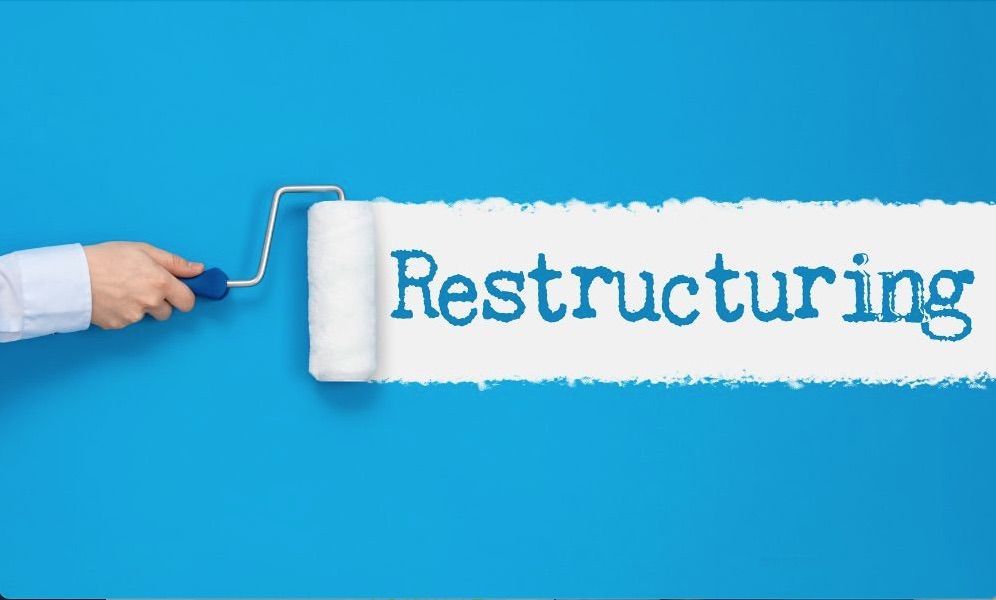Corporate Restructuring and Bankruptcy

The corporate finance landscape presents challenges that can lead even the most successful firms into turbulent waters. Corporate restructuring and bankruptcy can be lifelines for companies struggling with financial distress.
In these scenarios, restructuring presents a strategic opportunity to realign a company's operations, finances, and strategies to ensure long-term viability.
On the other hand, although often perceived negatively, bankruptcy can be a structured route for organizations to manage debt and revive their business.
Understanding the complexities and legal frameworks of these processes is essential for stakeholders, including investors, employees, and management, ensuring informed decision-making during times of financial upheaval.
Options for Corporate Restructuring: Mergers, Acquisitions, and Debt Restructuring
Corporate restructuring, a strategic move to reorganize a company's structure, operations, or finances, is a powerful tool to boost efficiency and profitability. Here are some essential options:
- Mergers: Combining two or more companies into a single entity to achieve collaboration, expand market reach, and improve competitiveness.
- Acquisitions: One company purchases another by buying shares or assets to gain control and integrate the target company's resources and capabilities.
- Debt Restructuring: Modifying the terms of a company's debt agreements to improve liquidity and avoid default. This option may involve extending payment deadlines, reducing interest rates, or converting debt into equity.
Each option, tailored to specific needs and objectives, aims to strengthen the company's financial health and operational stability.
Bankruptcy Laws and Procedures for Distressed Corporations Seeking Financial Relief
Bankruptcy laws provide a legal framework for distressed corporations to seek financial relief and reorganize or liquidate assets. The three primary procedures include:
- Chapter 7: Liquidation of assets to repay creditors, resulting in the dissolution of the corporation. A trustee is appointed to oversee the asset sale and distribution of proceeds.
- Chapter 11: Reorganization to allow the company to continue operations while restructuring its debts under court supervision. Chapter 11 includes developing a plan for repayment, which creditors and the court must approve.
- Chapter 13: Although typically for individuals, small businesses can use it to reorganize and repay debts over time.
These procedures focus on providing equitable treatment for creditors while offering the debtor a chance for a fresh start.
Corporate Attorneys Guiding Clients through Complex Restructuring Processes
The corporate attorneys at Bingaman Hess provide legal expertise and strategic advice to guide clients through complex restructuring processes. They help evaluate restructuring options, ensure compliance with laws and regulations, and negotiate terms with creditors and other stakeholders.
Our attorneys draft necessary legal documents, develop reorganization plans, and represent the company in court if required. They aim to minimize legal risks, protect the client’s interests, and facilitate a smooth and effective restructuring process.
Hire an Experienced Law Firm for Corporate Restructuring and Bankruptcy
The experienced team of corporate attorneys at Bingaman Hess will work with you to assist you in navigating the complexities and challenges of restructuring or bankruptcy.
With offices in Wyomissing, Kutztown, Harrisburg, and Media, we help clients in a broad range of counties to achieve their goals and turn their business aspirations into reality.
Contact us and get started with a comprehensive consultation.









